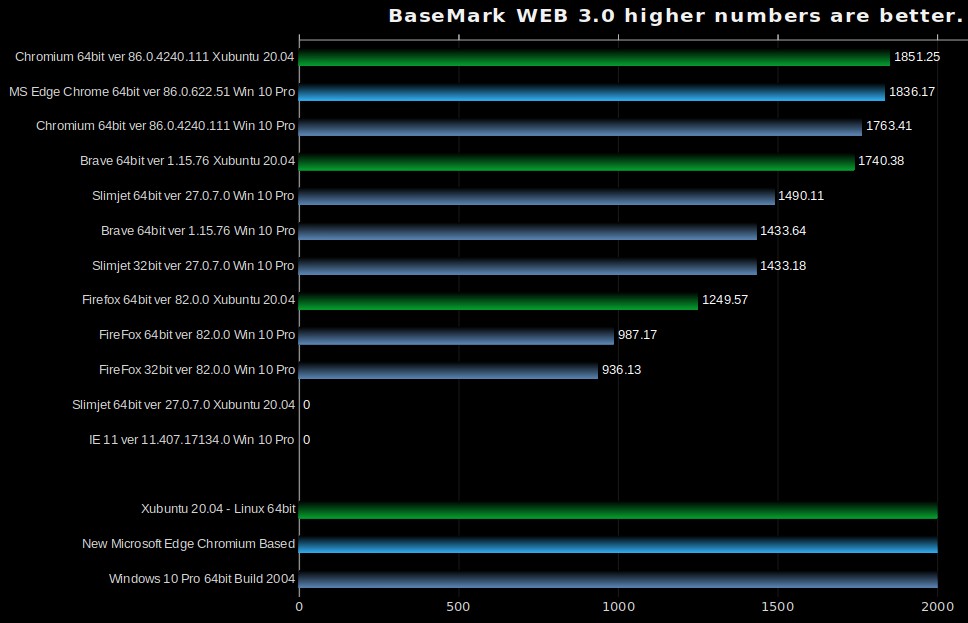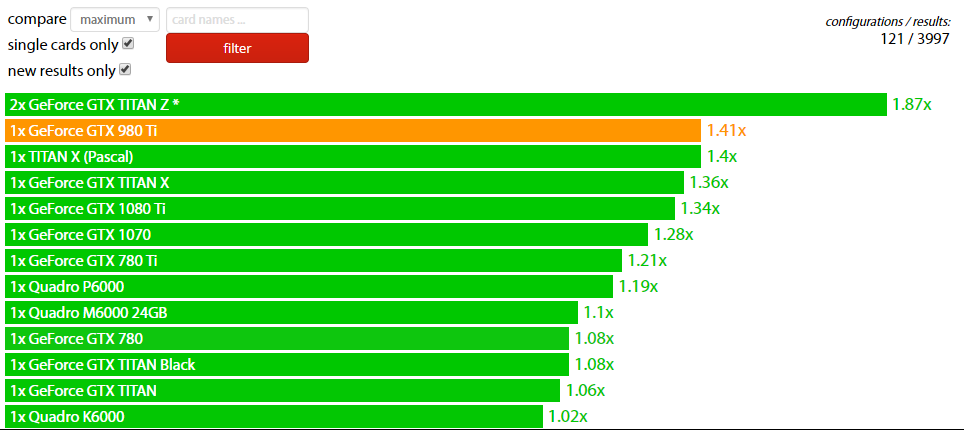



the desire to move towards an average position within line of sight (cohesion).the direction of travel relative to others (alignment), and.be wary of its distance to other boids in a pack (separation),.The rate limiter of this scene is the raw CPU calculations in the background – the test runs an effective 150 frames of images, however each frame involves a parallel compute framework based on the flocking of birds.īird flocking, also known in simulation as boids (bird-oid object, not an accent thing), involves the interaction of a large number of objects in movement to each other depending on small random movement and rules regarding separation, alignment, and cohesion. The CPU Profile test showcases a simple low resolution scene derived from the imagery of the latest gaming tests. The newest test to this portfolio is the CPU Profile, the point of this article. Over the years UL has introduced separate specific tests to find draw call limitations, DirectX Raytracing processing performance, Variable Rate Shading (VRS) performance, PCIe 4.0 testing, and NVIDIA DLSS performance. If you’ve ever heard of Time Spy or Fire Strike, two popular benchmarking tests particularly for overclockers, then 3DMark is where it comes from.ģDMark also acts as a vehicle for new feature tests. Each of the tests provides a baseline set of graphics calculations designed to emulate video game performance and produces a composite number to represent that performance for that market. From a singular interface, users can run simple tests aimed at mobile and integrated graphics performance, to mid-level gaming at reasonable resolutions and detail, up to overengineered tests for systems that don’t exist yet.
3DMARK BROWSER BENCHMARK SOFTWARE
The 3DMark software (with the tagline 'The Gamer's Benchmark') has been a staple of the synthetic benchmarking community for its variety of tests designed to emulate different levels of gaming complexity. So we wanted to take a look at UL's latest test to get a better idea of what exactly it is testing, what exactly it is trying to accomplish, and just how useful it might be. Normally 3DMark tests are designed to measure overall gaming performance – and thus are largely a GPU benchmark – however this one is a little different since it focuses more specifically on CPU performance. The premise behind this new CPU-specific test is a simulation to measure how processor performance scales with cores and threads. A couple of weeks ago, UL (formerly Futuremark) released the latest test in its ongoing 3DMark gaming benchmark suite, CPU Profile.


 0 kommentar(er)
0 kommentar(er)
